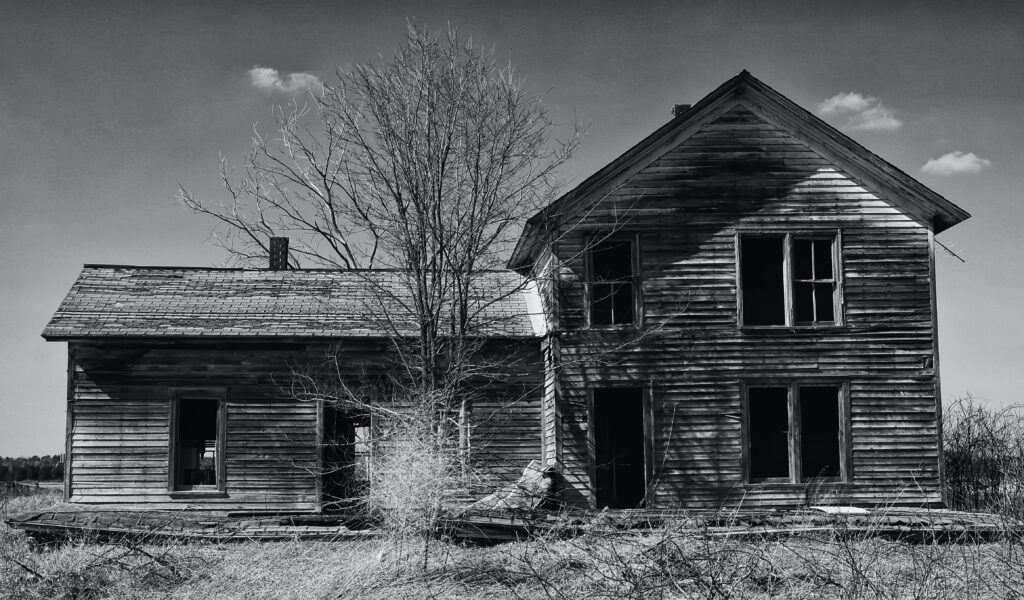
The South Dakota Multifamily Housing association just released the vacancy rate for Sioux Falls multifamily properties: 6%. This is the lowest it has been in a few years, and completely different from what I thought it would be! Aren’t we in a pandemic? How can people pay their rent when they are getting laid off and the unemployment rate is 6.3%?
The Vacancy Rate
Vacancy rates are revealed by sending out surveys. The rate is a small subsection of landlords who choose to respond to the survey. In return, they get a detailed report of vacancy and other details. This report is very helpful, so many are willing to comply.
This rate is simply the percentage of total unit-months that were vacant over the prior year. Let’s look at your fictional 10 unit apartment building. Maybe unit 3 was vacant for 2 months and unit 10 was vacant for 6 months and all the others were full. That building had 10 units x 12 months = 120 unit-months of available space for the past year. Since we had one unit vacant for 2 months and another vacant for 6 months, our total vacancy was 2 unit-months + 6 unit-months = 8 unit-months. The vacancy rate was 8 unit-months / 120 unit-months = 6.7%.
Why is the Vacancy Rate Important?
- Higher vacancy rates mean that landlords are bringing in less rent. When evaluating deals, you need to consider how much rent you are going to bring in. If your scheduled rent is $100,000, then annually you will lose 6.7% of that to vacancy (if the vacancy rate is 6.7%), leaving you with $100,000 x (1 – .067) = $93,300. When evaluating this deal you need to assume your income will be 93.3k rather than 100k.
- Higher vacancy rates might mean that there are too many apartment units and not enough tenants to fill them. This can be a huge risk if you are thinking of purchasing or building.
- Higher rates could also mean that the average rent for the area is too high. Landlords will start to either decrease rent or offer concessions (incentives to rent, such as “Your first month free!”).
Any way you look at it, the vacancy rate is a very important indicator of the health of your area’s rental market. The problem we have right now is that vacancy is expected be higher during the pandemic. If tenants can’t pay the rent, then some will move away or get evicted. This isn’t happening. Probably due to the eviction moratorium. The moratorium has the effect of keeping tenants in units at the expense of landlords and their ability to pay mortgages. As long as they can tap reserves to pay or find government assistance for their tenants, vacancy rates will look rosy.
Once the government money dries up, and it will, we will see landlords not able to pay their mortgages. Vacancy Rates won’t change much yet, but once foreclosures happen we will see a big uptick. Watch the moratoria closely and plan ahead as best you can.

